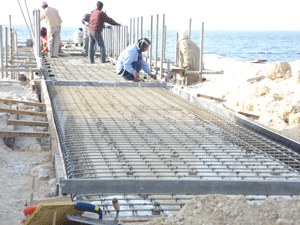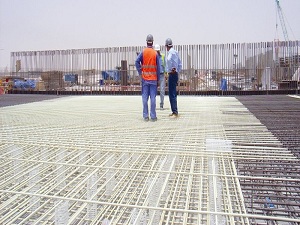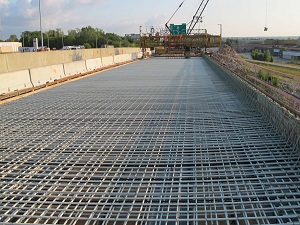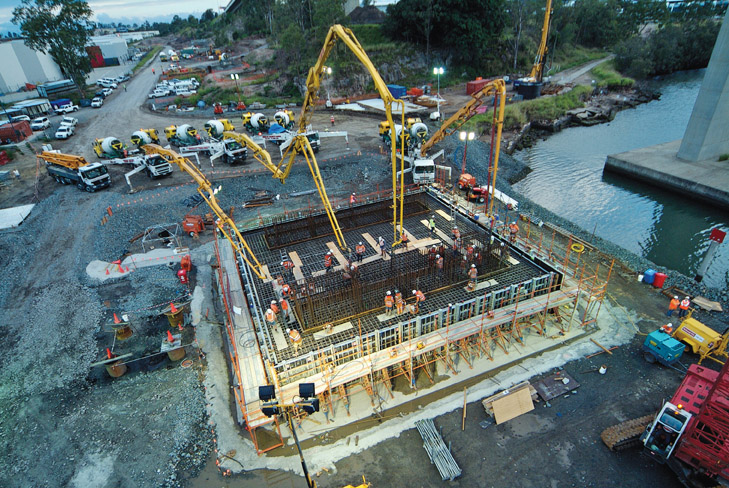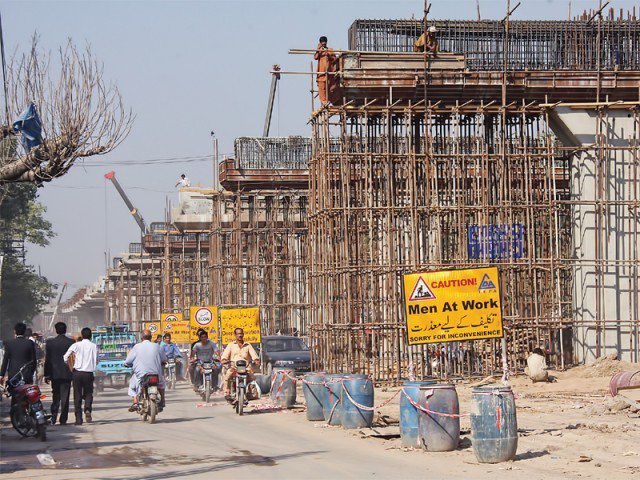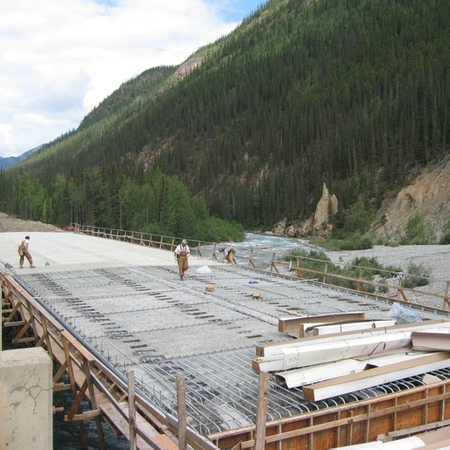
We are the manufacturer of glass fiber reinforced polymer(composite reinforcing rod) in Pakistan and we are also supplier to Construction Industry as well as CPEC Projects. Reinfoced rebar is better than Steel.
T (92)-213-5290951,53
Email: info@t-rodinternational.com
T-Rod International
Office # 203 , 2nd floor , Plot # BC/10, Block 4 Clifton Daimond Karachi, Pakistan

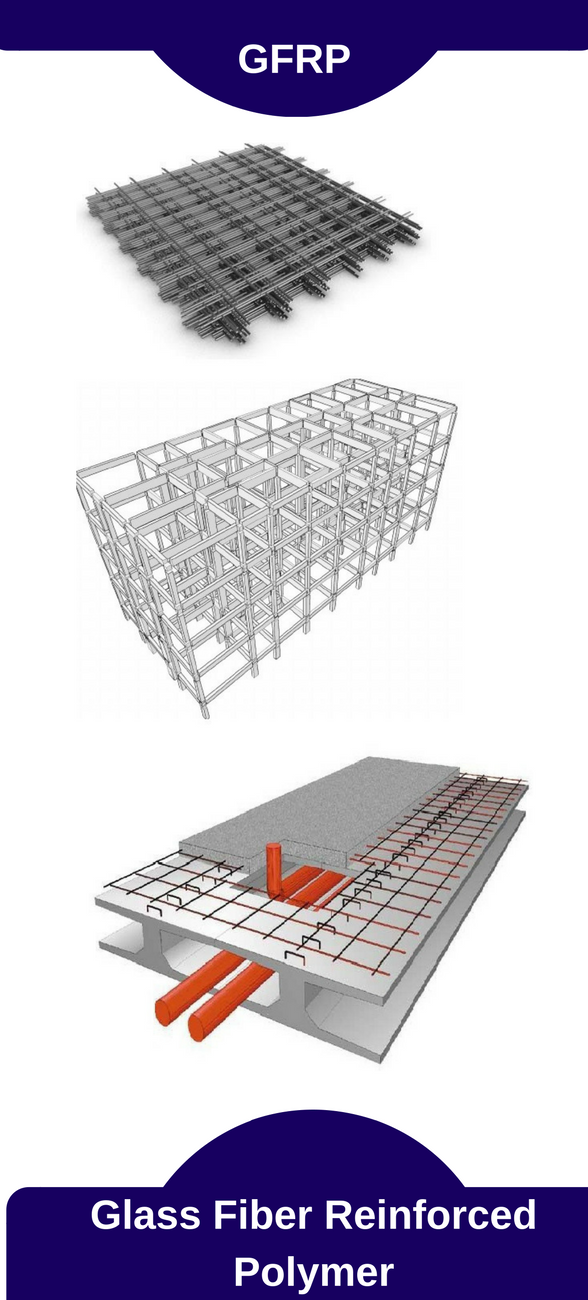
ADVANTAGES FOR USING GFRP
- • 80+ years of lifespan and corrosion resistance
- • 4 x lighter in weight than the equivalent strength of Steel rebar
- • 3 x tensile strength of steel
- • Non-conductive to heat and electricity
- • Non-magnetic (transparent to electrical fields)
- • High Fatigue endurance and Impact Resistance
- • Non-existent corrosion, rust free
- • Transparent to radio frequencies
- • Cost effective vs. epoxy coated, galvanized and stainless steel rebar
- • Impervious to chloride ion, low pH chemical attack and bacteriological growth
- • Reduced whole of life project costs
- • Low carbon footprint
- • Maintenance free
- • Standard/custom lengths, shapes and bends
- • Non Toxic
- • Easily cut and machined
- • Easy and Rapid Installation
Where should GFRP be used?
• Any concrete member susceptible to corrosion by chloride ions or chemicals
• Any concrete member requiring non-ferrous reinforcement due to Electro-magnetic considerations
• As an alternative to Epoxy, Galvanized or Stainless Steel rebars
• Where machinery will “consume” the reinforced member (i.e. Mining and tunneling)
• Applications requiring Thermal non-conductivity
-
 Read more +
August 21, 2015 By kt in Latest News
Read more +
August 21, 2015 By kt in Latest News
-
 Read more +
August 7, 2015 By kt in Latest News
Read more +
August 7, 2015 By kt in Latest News
Orange Metro Train
• Bridge Decks & Railings
• Median Barriers
• Approach Slabs
• Salt Storage Facilities
• Continuously Reinforced Concrete Paving
• Precast Elements -
• Manhole Covers, Culverts, Rail Grade
Crossings, Full Depth Deck Panels, etc.
Sea Walls, Wharfs, Quays & Dry Docks
• Coastal Construction exposed to Salt Fog
• Desalinization intakes
• Port Aprons
• Light & Heavy Rail 3rd Rail Isolation
• Hospital MRI Areas
• High Voltage Substations
• Cable Ducts & Banks
• Aluminum Smelters & Steel Mills
• Radio Frequency Sensitive Areas
• High Speed Highway Tolling Zones
• Waste Water Treatment
• Inadequate Concrete Cover
• Architectural Concrete Elements
• Historic Preservation
• Deep Foundation Tunnel Boring Machine “Soft-eye” Openings For Launch & Reception
• Sequential Excavation or NATM Tunneling
• Soil Nails & Earth Retention
• Rock Bolts & Cable Bolts
• Strengthening for “Event Loading” of Clay & Concrete Masonry
• Historic Preservation – Restoration and Pinning of Stone Elements


